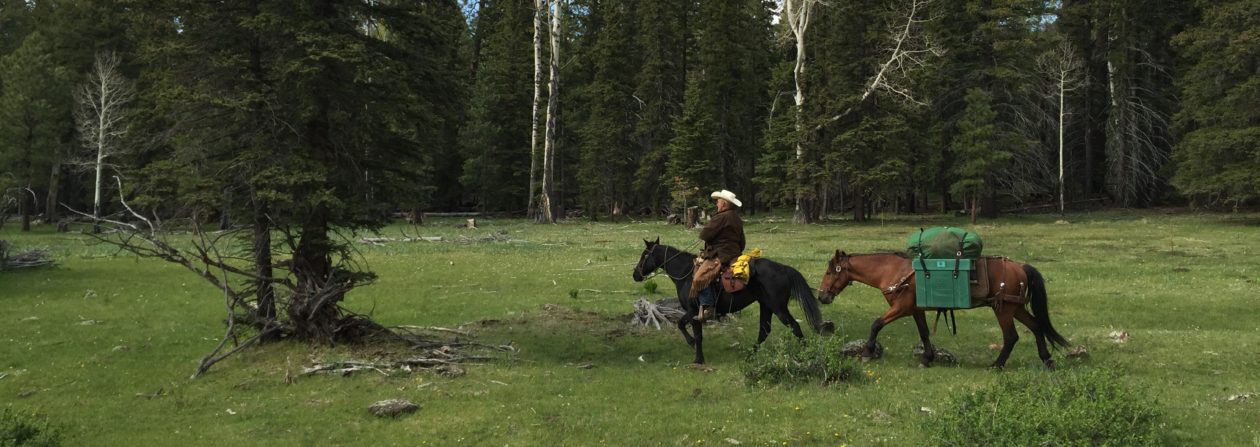Occasionally, I come across a horse that, for one reason or another, does not like to be touched around the ears or face. There are a number of reasons why this might be so, but mostly it is simply a bad habit the horse has formed.
Last year I started working with a neighbor’s horse, which was once a well-trained reining horse. My friends hadn’t spent much time with the horse over the previous couple of years, and he had become a 19 year-old pasture ornament. They invited me to work with the gelding and get him back into riding shape. Right-off I noticed, as they tried to catch and halter the old fellow, that he was very hard to handle to get a halter on him. He did not like to be touched in the poll area or around his ears. After taking a closer look, I found he is required to wear a tight-fitting cribbing collar. He is one of the few true cribbers I have known. I will write another post on cribbing later.
I determined that his cribbing collar hadn’t been removed for a very long time, and that it was making him sore in the poll area, where the head is attached to the neck, up near the ears. When one tried to touch him in that area, he would pull back and raise his head and fight, making it very hard to halter or bridle him.

Here’s what I did to cure him of that:
First, I got him in a halter and removed the cribbing strap. I brushed the area and groomed the horse to calm him and get to know him a little. Next, I stood at his head, facing him, but off to the side a little, so as not to get knocked out of the way when he threw his head up. I held his lead rope, very close to the halter, with my left hand. With my right hand I started at his forehead and quickly swept my hand up and over one ear. 
He jerked his head up, but by the time he reacted, my hand was already past his ear and no longer touching him.
I continued to do this until he got tired of jerking his head. I alternated ears as I continued, to get the same result with both ears. He quickly realized that jerking his head did nothing for him, since my hand was long gone before he even tried. I also had my left hand on the lead rope. Adding a little weight there made him physically tired and uncomfortable after repeatedly jerking his head up.
A horse, like any animal, including humans, is physically engineered by evolutionary development, to conserve energy. Instinctively, he wants to conserve energy. The jerking of his head quickly registers in his instinctive brain as a complete waste of energy. It gains him nothing, neither in security, nor in survival, because the perceived danger is gone before he reacts to it.
After about three or four sessions of this, lasting about 15-20 minutes or so each session, he quit reacting altogether. Once he stopped jerking his head, I began to actually run my hand up his forehead and lightly rub his ears and poll. Eventually he began to actually enjoy the attention and now he even likes the insides of his ears rubbed.

Here is a video I did, that may help you understand the process better.


You must be logged in to post a comment.